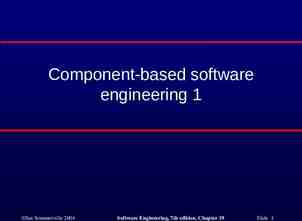Transfer Pricing What is a transfer price? Does transfer pricing
5 Slides37.00 KB
Transfer Pricing What is a transfer price? Does transfer pricing re-introduce transactions costs? Because central management has direct control over the divisions it can impose the rules by which transfer prices are set. This can affect the efficiency of the internal market.
Transfer Pricing The problem of TP is how to attain several goals simultaneously, ideally it should: – lead to efficient trade between divisions – facilitate performance evaluation for divisions and their managers – form the basis for setting up incentives and reward structure for managers
The Marginalist Approach to Transfer Pricing There is a single period and there is no uncertainty in demand or costs. The goal of the M-form firm is overall profit maximisation. Divisions are profit centres; each of their managers aims to maximise profits. There are no cost or demand interdependencies. Truth-telling is assumed. There are no taxes, or taxes have a neutral effect.
The Marginalist Approach to Transfer Pricing With no intermediate good external market. With an external market in the intermediate good. – Competitive. – Imperfectly Competitive.
Transfer Pricing Does the Marginalist Approach work? How are such schemes implemented? Incentives and Transfer Pricing. Multinational Transfer Pricing. Transfer Pricing in Practice.










